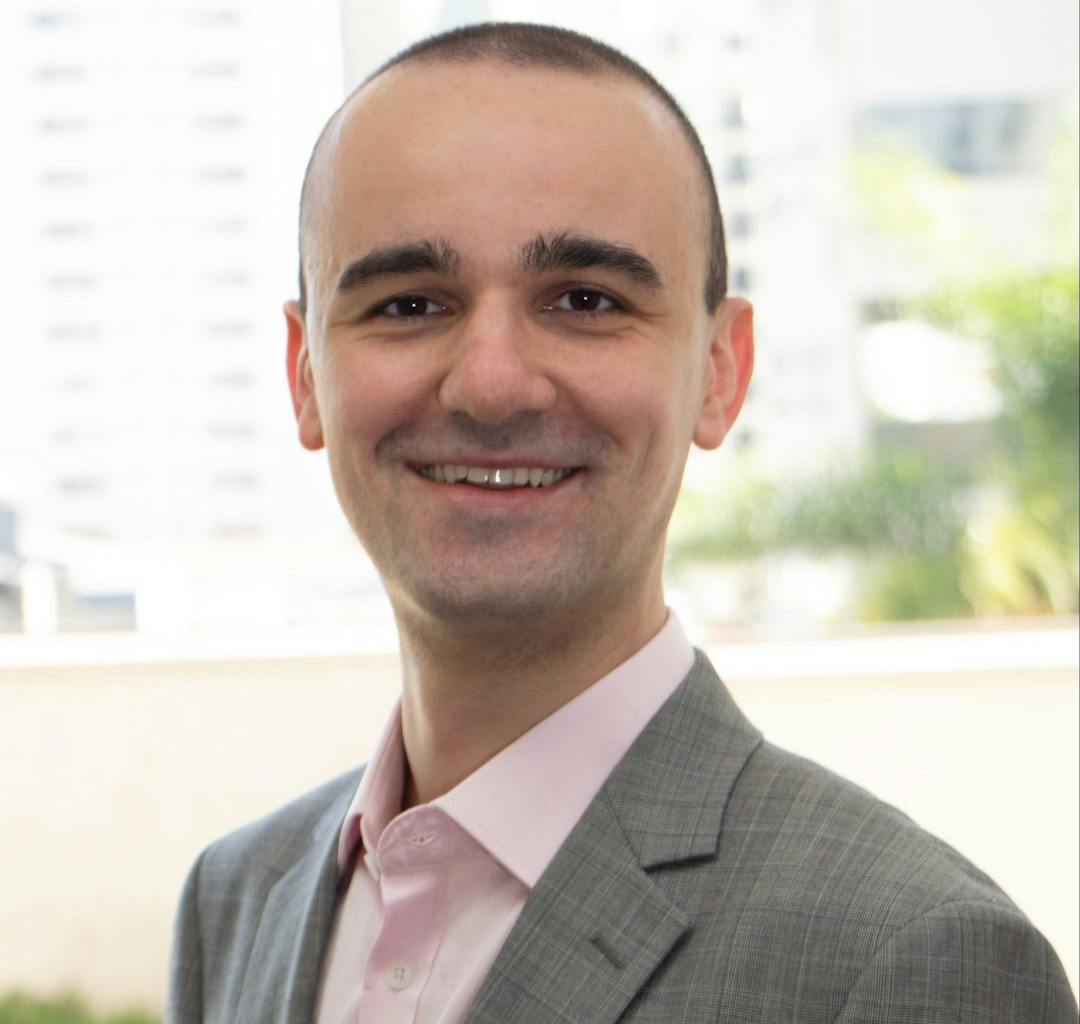How Reciprocity Can Fuel Innovation
When you think of robots, what do you picture? Probably something large and clunky, a machine only capable of stilted movements and basic preprogrammed actions. I thought so, too, until I recently came across this video:1
The frenetic pace of technological advancement is transforming society in distinct ways, faster than any of us imagined. The Japanese government, for instance, is preparing for what they call “Society 5.0”: an idealistic, data-driven society where cyberspace and physical space are merged and existing social problems are transcended through innovation.2 Although technology is central to Society 5.0, it is still a human-centric movement: individuals will play a critical role in mobilizing technology to develop solutions for human problems. Creativity, though, requires specific conditions to flourish—an emotionally safe environment, full transparency, and trust, to name just a few.
Fostering creativity in the workplace
Contrary to what some may believe, the research shows that creativity is not just an innate or special gift possessed by select individuals; everybody can be creative.3 But how can organizations and leaders boost this ability within their teams?
The tortoise and the hare, revisited
In his book Hare Brain, Tortoise Mind, Guy Claxton delves into the subject of problem-solving. Contrary to the common assumption that quick thinking, rigor, and certainty pose an advantage to creative responses, his studies on cognitive psychology demonstrate that a patient, intuitive, and sometimes apprehensive mindset often represent the very foundation of wisdom and innovation.
Additionally, he states that “The hare brain loves clarity; it wants everything to be expressed in a very simple, straightforward, clear way. Tortoise mind does not expect clarity; it does not know where the illumination is going to come from. The language of the unconscious is images. That also means a lot of times when you are being very creative you can feel very confused. You do not know where you are or where you are going. And you can tolerate that and continue to defer the decision. Because you are taking your time in tortoise mind, if you have a question, you’re much more likely to get interested in the question.”4
This idea emphasizes the importance of creating incentives for individuals to schedule contemplative blocks of time into their routines, to reflect on interactions, readings, and ideas they have been exposed to. Doing so helps develop new associations in the brain, which may lead to creativity.
However, this process depends on a conjunction of factors, several of them related to the employer itself: how much freedom they offer their employees, and the kind of relationship they have with them.
References
- Boston Dynamics. (2020, December). Do you love me? [Video]. Retrieved from: https://www.youtube.com/watch?v=fn3KWM1kuAw&ab_channel=BostonDynamics
- Hitachi-UTokyo Laboratory. (2020). Society 5.0: A people-centric super-smart society, 1st edition. Springer. Free Kindle book: https://www.amazon.com.br/Society-5-0-People-centric-Super-smart-English-ebook/dp/B089FT2753
- Grant, A. (2017). Originals: how non-conformists move the world. Penguin Books.
- Claxton, Guy. (1999). Hare brain, tortoise mind: how intelligence increases when you think less. Ecco Press.
- Fehr, E., & Gächter, S. (2000). Fairness and retaliation: The Economics of reciprocity. Journal of Economic Perspectives Vol. 14, No. 3 (Summer, 2000), pp. 159-181.
- Tidd, K.L., & Lockard, J.S. Monetary significance of the affiliative smile: a case for reciprocal altruism. Bull. Psychon. Soc. 11, 344–346 (1978). https://doi.org/10.3758/BF03336849
- Cialdini, R. (1993). Influence – the psychology of persuasion. New York: Quill William Morrow.
- Falk, A. (2007). Gift exchange in the field. Econometrica, 75, 1501-1511.
- Chuan, A., Kessler, J. B., & Milkman, K. L. (2018). Field study of charitable giving reveals that reciprocity decays over time. Proceedings of the National Academy of Sciences, 115(8), 1766-1771.
- Gouldner, A. (1960). The norm of reciprocity: a preliminary statement. American Sociological Review, 25, 161-178. doi:10.2307/2092623.
- Kickbox Foundation. (2015, open source). Kickbox, the method. Retrieved from: https://www.kickbox.org
- Armstrong, P. (2017). Disruptive technologies: understand, evaluate, respond. Kogan Page.
- Burkus, D. (2013). The myths of creativity: the truth about how innovative companies and people generate great ideas. California: Jossey-Bass.
About the Author
Tiago Rodrigo
Tiago is a Behavioral Economist and Managing Partner at Arquitetura RH. He has a background in complex and multicultural IT projects, and uses Design Sprints to bring together innovation and behavioral design. In Brazil, he co-leads a lab in São Paulo, where he organizes discussions and implements nudges to help organizations improve choice architecture in digital products, financial awareness among young professionals, and security in industrial contexts.
About us
We are the leading applied research & innovation consultancy
Our insights are leveraged by the most ambitious organizations
“
I was blown away with their application and translation of behavioral science into practice. They took a very complex ecosystem and created a series of interventions using an innovative mix of the latest research and creative client co-creation. I was so impressed at the final product they created, which was hugely comprehensive despite the large scope of the client being of the world's most far-reaching and best known consumer brands. I'm excited to see what we can create together in the future.
Heather McKee
BEHAVIORAL SCIENTIST
GLOBAL COFFEEHOUSE CHAIN PROJECT
OUR CLIENT SUCCESS
$0M
Annual Revenue Increase
By launching a behavioral science practice at the core of the organization, we helped one of the largest insurers in North America realize $30M increase in annual revenue.
0%
Increase in Monthly Users
By redesigning North America's first national digital platform for mental health, we achieved a 52% lift in monthly users and an 83% improvement on clinical assessment.
0%
Reduction In Design Time
By designing a new process and getting buy-in from the C-Suite team, we helped one of the largest smartphone manufacturers in the world reduce software design time by 75%.
0%
Reduction in Client Drop-Off
By implementing targeted nudges based on proactive interventions, we reduced drop-off rates for 450,000 clients belonging to USA's oldest debt consolidation organizations by 46%




















